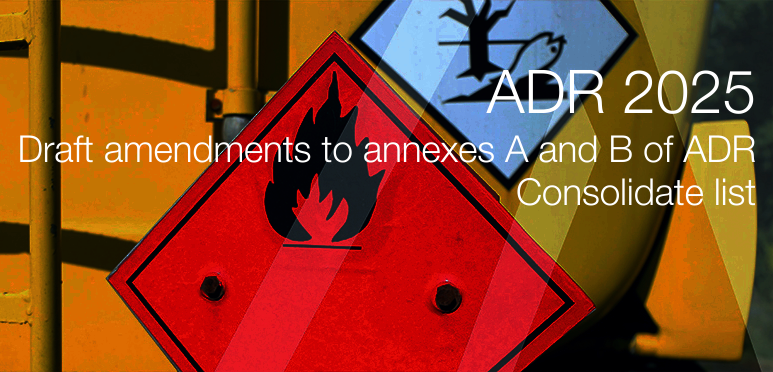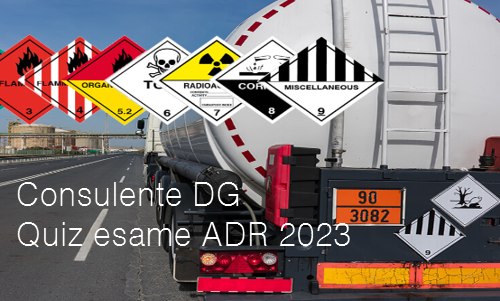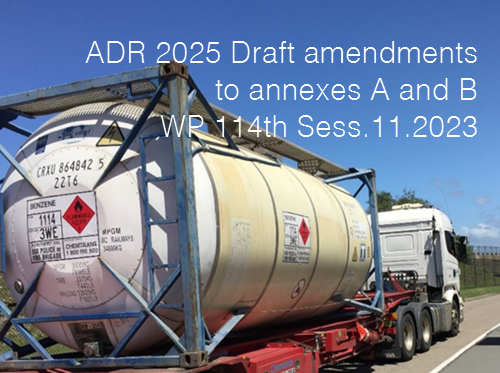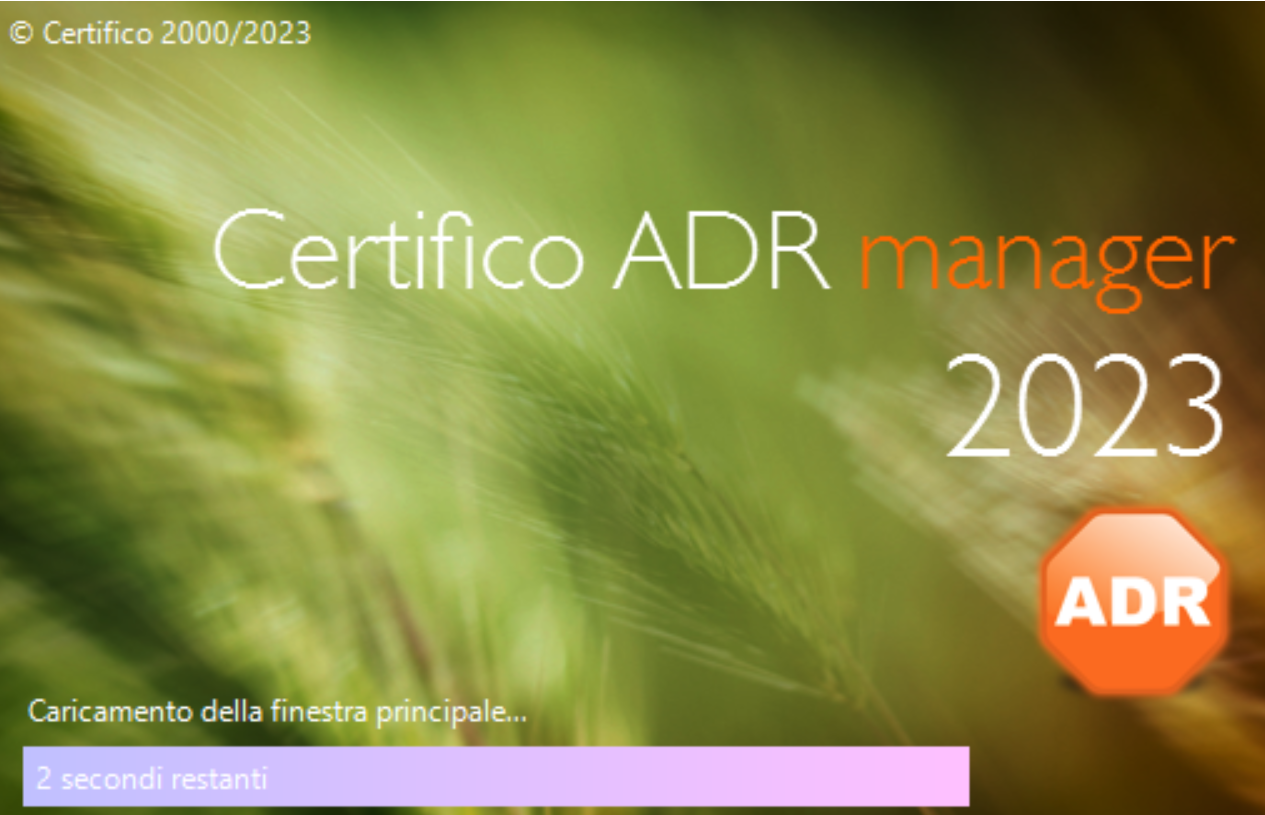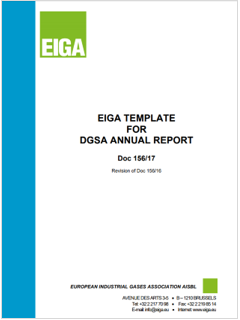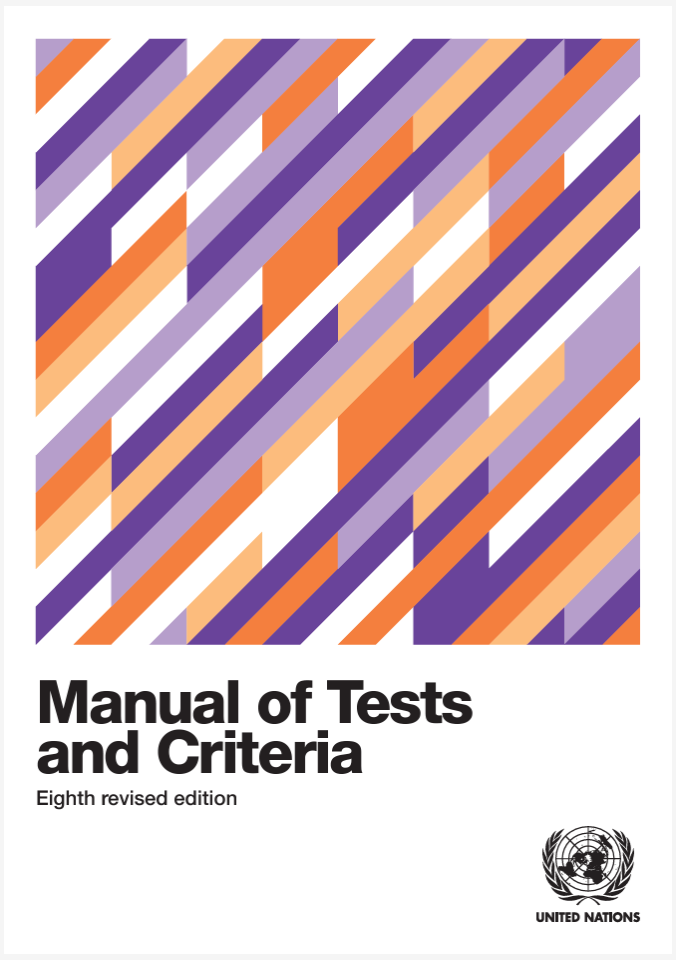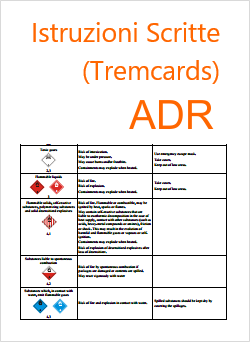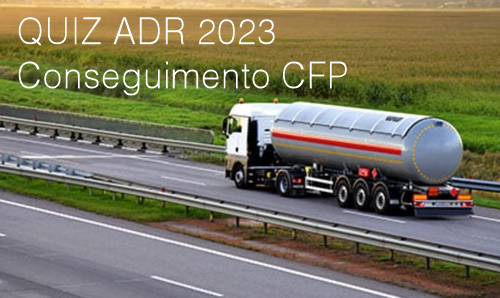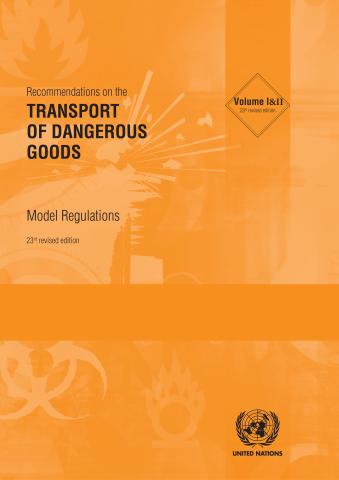At its eleventh session, (9 December 2022), the Committee adopted a set of amendments to the Model Regulations on the Transport of Dangerous Goods (see ST/SG/AC.10/50/Add.1), concerning, inter alia:
- new UN numbers and provisions regulating the transport of sodium ion batteries, fire suppressant dispersing devices, disilane, gallium contained in articles and trifluoromethyltetrazole-sodium salt in acetone;
- a tightening of the conditions for the transport of tetramethylammonium hydroxide, including the creation of a new UN number for concentrations of not less than 25 %;
- changes to the provisions for the transport of battery powered vehicles, including the creation of three new UN numbers;
- an exemption for the transport of cells or batteries from production runs and pre-production prototypes;
- a new special provision to increase the authorized volume for transport in limited quantities of some compressed gases of Division 2.2 without subsidiary hazards;
- more specific concentration limits for ammonium nitrate hot concentrated solutions;
- exemptions for nitrocellulose membrane filters used in rapid test devices such as those for pregnancy tests, COVID-19 infections, or other infectious diseases;
- a clarification concerning pharmaceutical products (such as vaccines) that are packed in a form ready to be administered; and
- an update to the requirements for the use of recycled plastics in packagings;
The twenty-third revised edition of the Recommendations takes account of these amendments. You will find below the electronic version of the publication, available for free for consultation purposes in the six UN official languages (Arabic, Chinese, English, French, Russian and Spanish). The files are published on this page as soon as they become available for each linguistic version. To obtain an unprotected e-copy or a hard copy of the official publication, please contact the UN publications service.
A version (English only) with track changes is also available: Volume I and Volume II.
ST/SG/AC.10/1/Rev.23 (Vol.I)
ST/SG/AC.10/1/Rev.23 (Vol.II)
Maggiori info
